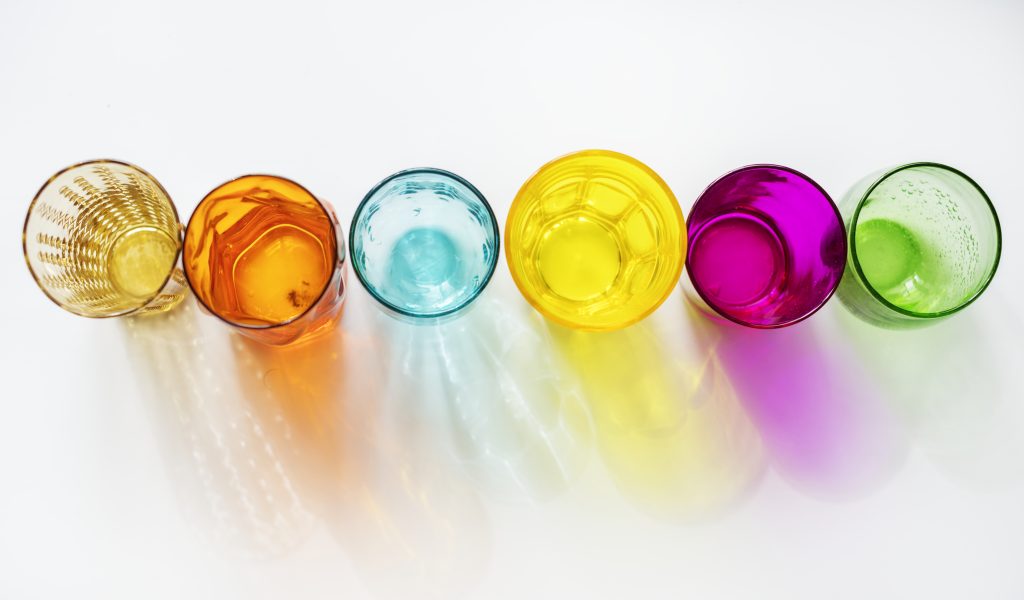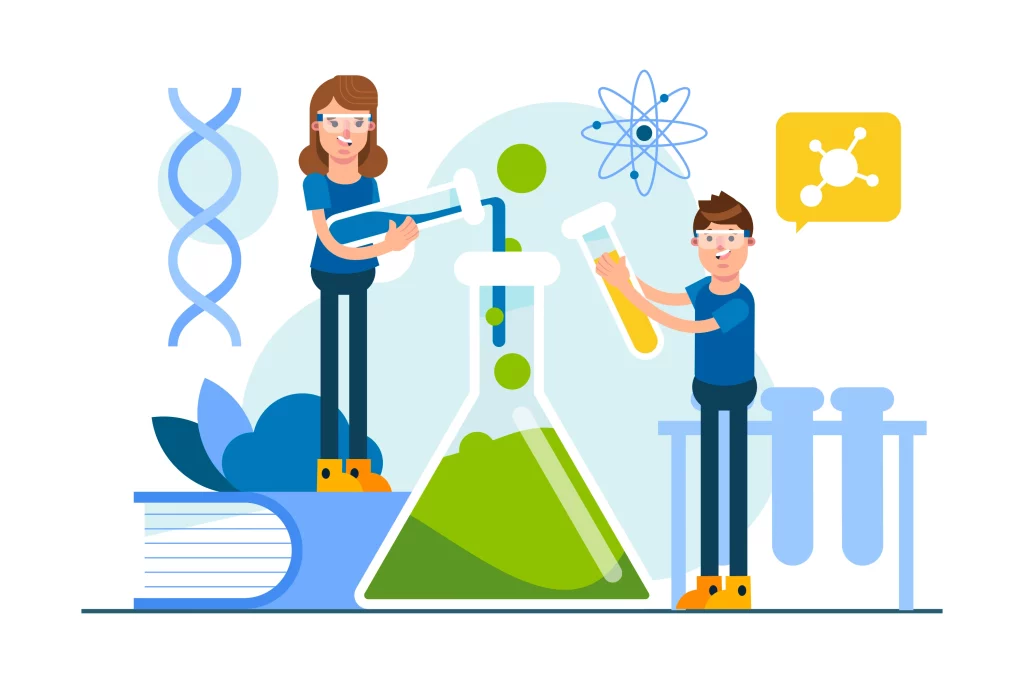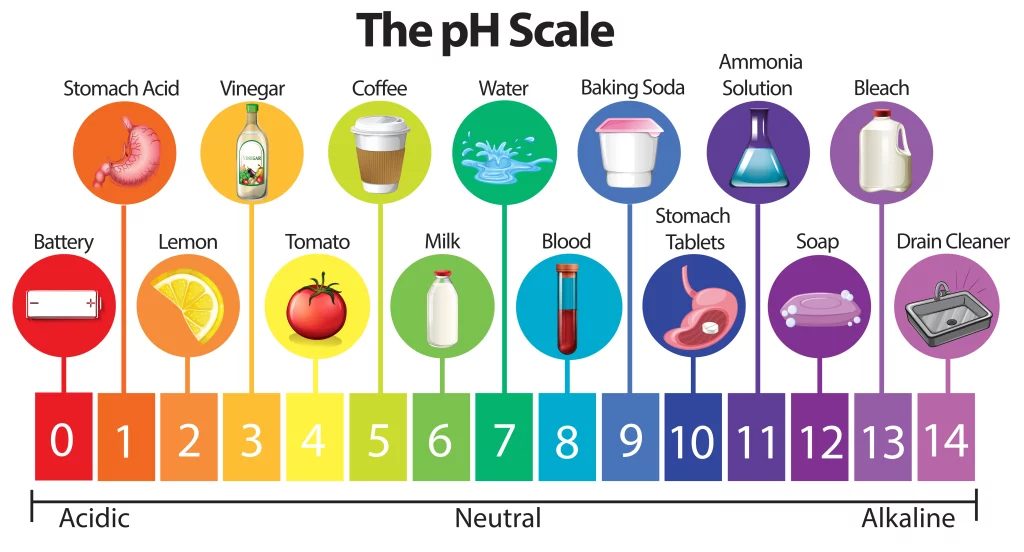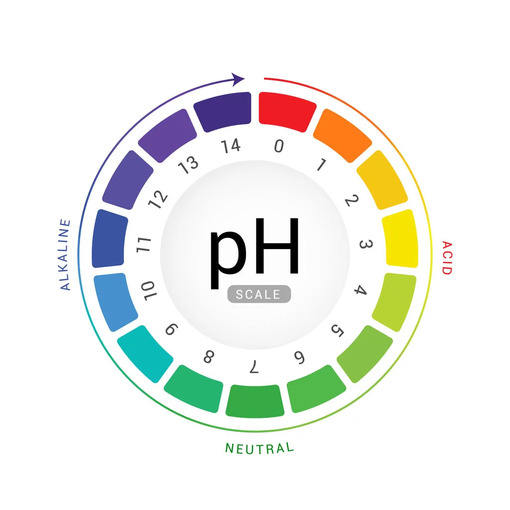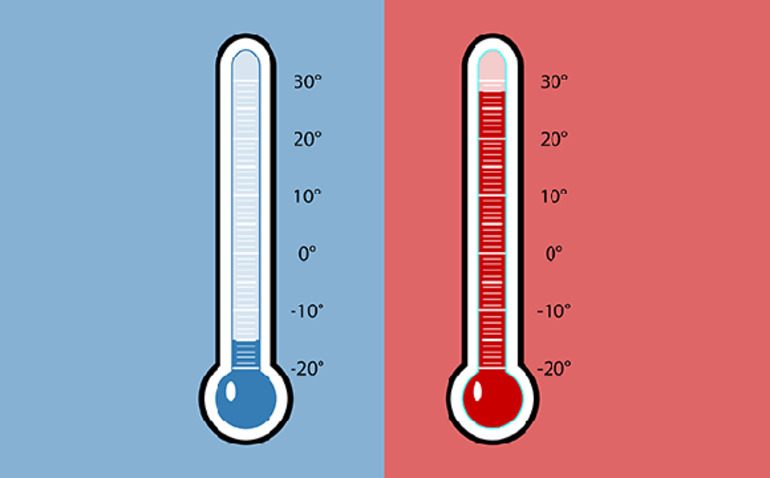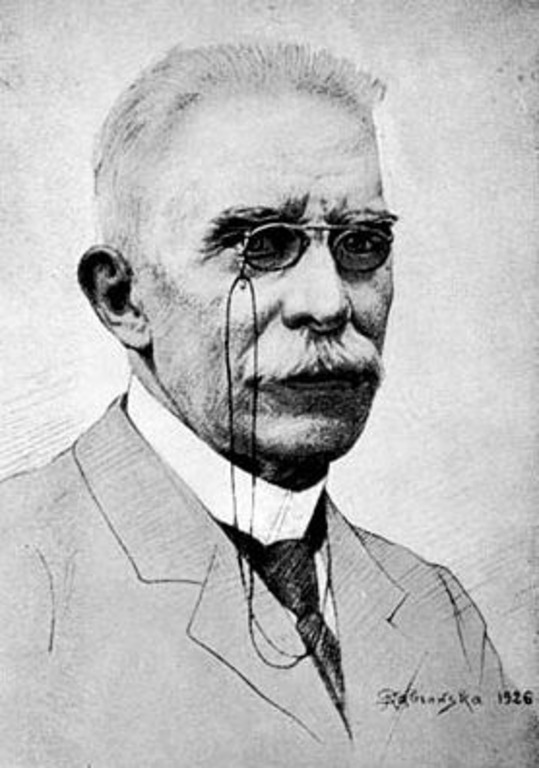Practical work. “How to make a sugar rainbow?”
Information about practical work In this practical work, students will make a rainbow by mixing food coloring and sugar with water. While sugar and water refer to a pure substance, food coloring refers to a mixture. Students prepare a new mixture by combining the two.
Practical work. “How to make a sugar rainbow?” Read More »

